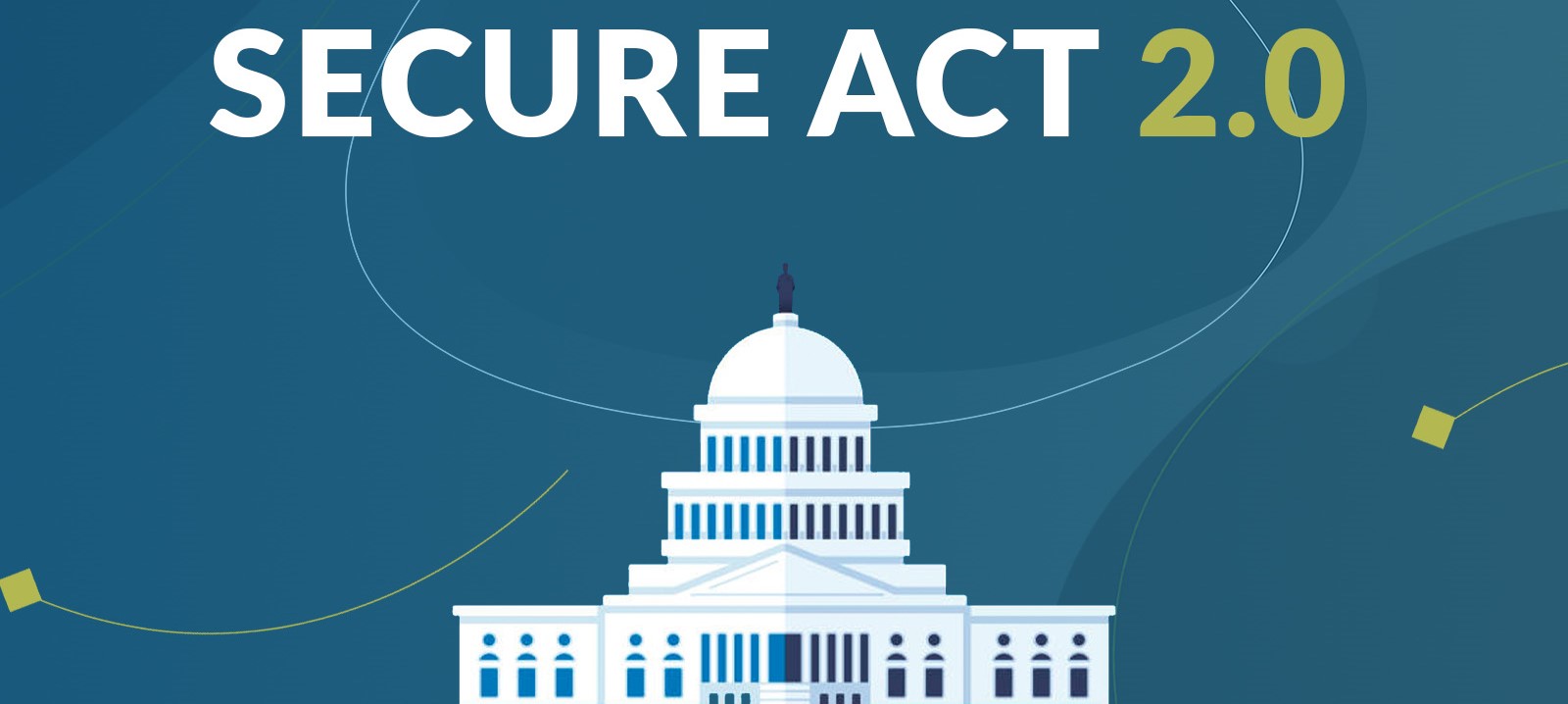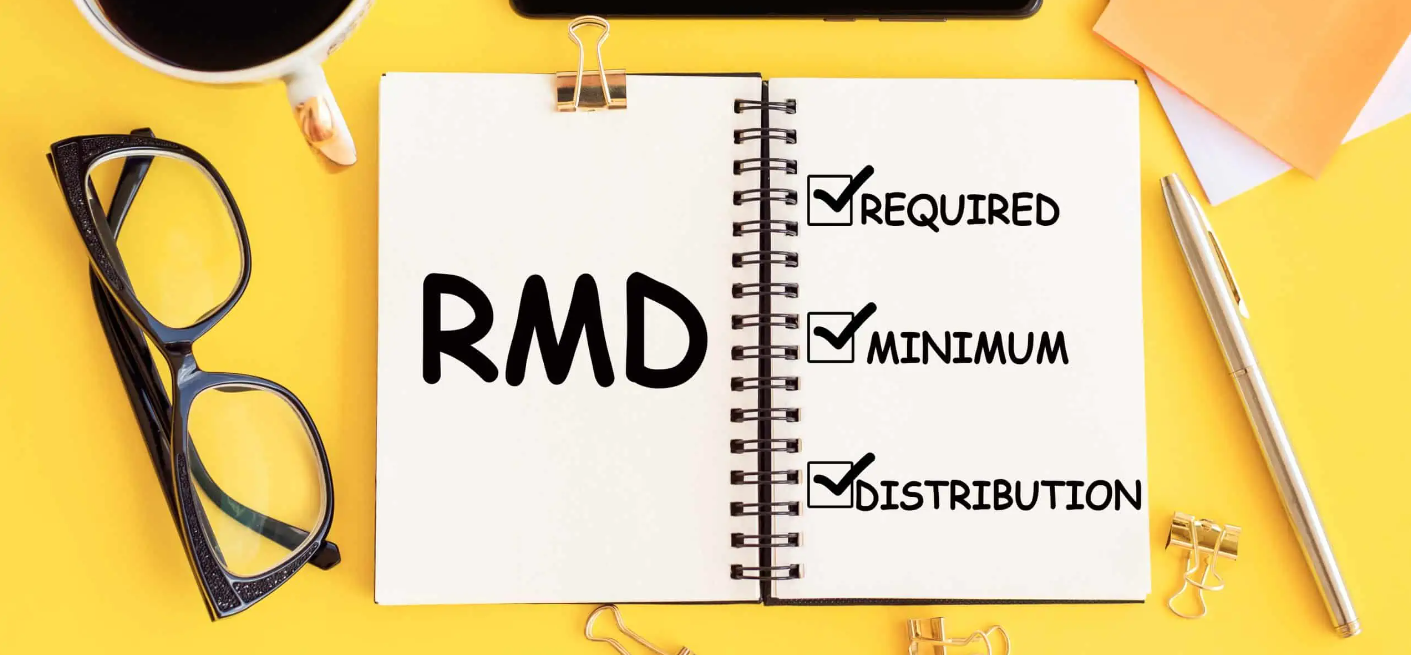Proposals to boost IRA and workplace plan savings are advancing, but they are not law yet.
Several actions must occur before the proposals become law.
On March 29, the House passed the “Securing a Strong Retirement Act of 2022.” Now, two different Senate committees are taking up the subject. On June 14, a Senate committee unanimously approved the “Retirement Improvement and Savings Enhancement to Supplement Health Investments for the Nest Egg Act” (the RISE & SHINE Act). The RISE & SHINE Act deals with company plans only. On June 22, a separate Senate committee – the Senate Finance Committee – took up its own bill. The bill, called the “Enhancing American Retirement Now Act” (EARN) deals with both IRAs and company plans. It is like, but not the same as, the House-passed bill.
The Senate Finance Committee expected to pass the EARN Act.
If that happens, the EARN Act and the RISE & SHINE Act will likely merge into one Senate bill. The full Senate will then take up the combined bill. If passed by the full Senate, the Senate bill will have to be reconciled with the House bill. It would then have to be approved by both houses of Congress before being sent to the President. Because these bills expand on the original SECURE Act from December 2019, they are frequently called “SECURE 2.0.”
Here’s how the House-passed bill and the Senate EARN bill compare on several critical changes:
- Both bills would increase the age when traditional IRAs required minimum distributions (RMDs) must start. Currently, the first RMD year is age 72. The House bill would delay the first RMD year to age 73, beginning in 2023, 74 in 2030, and 75 in 2033. The Senate EARN bill would change the first RMD year to 75 without interim changes to ages 73 and 74. However, the transition to 75 would not be effective until 2032.
- Both bills would allow higher catch-up contributions to company plans. The current catch-up limit for those age 50 or older is $6,500. Both bills would increase that limit to $10,000 beginning in 2024. The House bill would apply that limit only to those who are 62, 63, or 64, but the Senate bill would extend it to those who are 60, 61, 62, or 63.
- For IRAs, the current catch-up limit is $1,000. Both bills would allow that limit to increase based on the cost of living. The House bill would be effective in 2024. The Senate bill would be effective the year following the year the bill signs into law.
- Both bills require plan catch up-contributions for those over age 50 be made as Roth contributions. This requirement would beginning in 2023 (the House bill) or 2024 (the Senate bill). In addition, plans could allow employees to have employer matching contributions made as Roth contributions. (Currently, employer contributions are made pre-tax.) The House bill is effective after the date the bill is signed into law, while the Senate bill is effective in 2024. The changes are designed to help pay for other provisions of the bills.
- In both bills, the limit on “qualified charitable distributions,” which are tax-free direct transfers from traditional IRAs to charities, would be indexed for inflation. That limit is currently $100,000 per person per year. This provision would be effective in the year the bill becomes law under the House bill or the year after the bill becomes law under the Senate bill.
- Employers would be allowed to make matching contributions to company savings plans and SIMPLE IRAs on student loan payments beginning in 2023 under the House bill or 2024 under the Senate bill.
- In both bills, the “Saver’s Credit,” a federal tax credit for mid-and low-income taxpayers who contribute to an IRA or company plan, would be expanded but not until 2027.
- Both bills create a new exception to the 10% early distribution penalty for IRA and plan withdrawals by victims of domestic abuse, effective immediately after the provision becomes law. The Senate bill (but not the House bill) would create another exception to the 10% penalty for emergency withdrawals beginning in 2024.
We will keep you informed on the progress of these proposals.
By Ian Berger, JD
IRA Analyst











